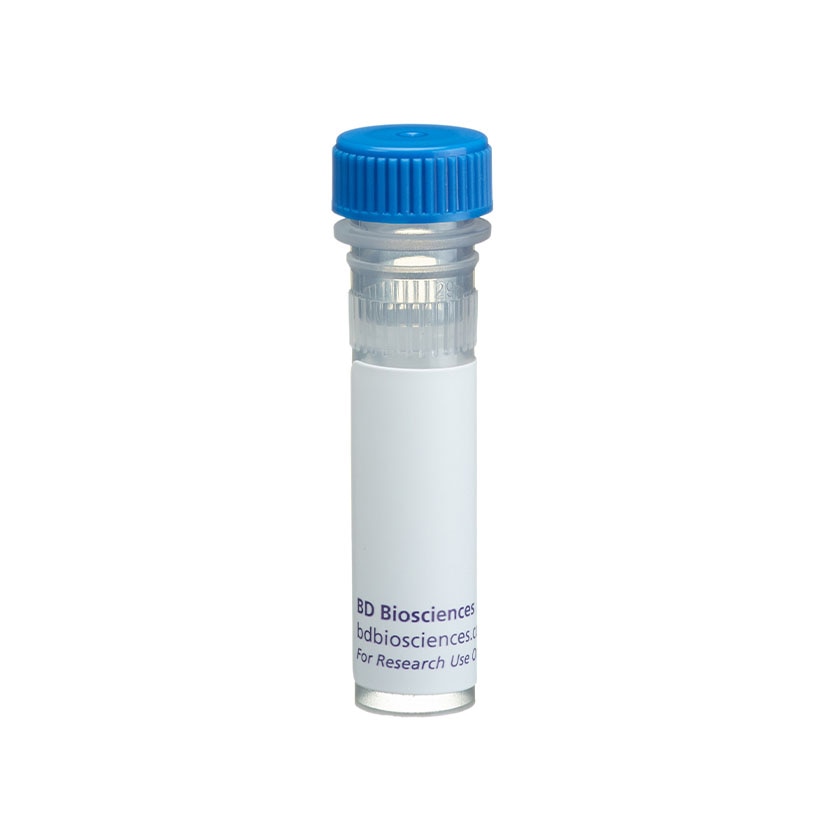-
Reagents
- Flow Cytometry Reagents
-
Western Blotting and Molecular Reagents
- Immunoassay Reagents
-
Single-Cell Multiomics Reagents
- BD® AbSeq Assay
- BD Rhapsody™ Accessory Kits
- BD® Single-Cell Multiplexing Kit
- BD Rhapsody™ Targeted mRNA Kits
- BD Rhapsody™ Whole Transcriptome Analysis (WTA) Amplification Kit
- BD Rhapsody™ TCR/BCR Profiling Assays for Human and Mouse
- BD® OMICS-Guard Sample Preservation Buffer
- BD Rhapsody™ ATAC-Seq Assays
-
Functional Assays
-
Microscopy and Imaging Reagents
-
Cell Preparation and Separation Reagents
-
Dehydrated Culture Media
-
- BD® AbSeq Assay
- BD Rhapsody™ Accessory Kits
- BD® Single-Cell Multiplexing Kit
- BD Rhapsody™ Targeted mRNA Kits
- BD Rhapsody™ Whole Transcriptome Analysis (WTA) Amplification Kit
- BD Rhapsody™ TCR/BCR Profiling Assays for Human and Mouse
- BD® OMICS-Guard Sample Preservation Buffer
- BD Rhapsody™ ATAC-Seq Assays
- Canada (English)
-
Change country/language
Old Browser
Looks like you're visiting us from {countryName}.
Would you like to stay on the current country site or be switched to your country?




Western blot analysis of Rb. Lysate from MOLT-4 human leukemia cells was probed with anti-Rb (clone XZ91, Cat. No. 554145). Clone XZ91 recognizes the phosphorylated and underphosphorylated forms of Rb (~110-116 kDa).


BD Pharmingen™ Purified Mouse Anti-Human Retinoblastoma Protein

Regulatory Status Legend
Any use of products other than the permitted use without the express written authorization of Becton, Dickinson and Company is strictly prohibited.
Preparation And Storage
Recommended Assay Procedures
Applications include immunoprecipitation (1-2 µg/one million cells), western blot analysis (2 µg/ml) and immunofluorescence microscopy of cultured cells. Rb migrates as multiple closely-spaced bands between approximately 110-116 kD when sized on denaturing polyacrylamide gels (i.e. by SDS-PAGE). The different bands represent different Rb phosphorylation states; the higher molecular weight bands are more highly phosphorylated than the lower molecular weight bands. The level of phosphorylation is cell cycle dependent, and may also be cell type dependent (not all forms are seen in all cell types that express Rb). Polyacrylamide gel conditions influence the actual number of bands observed. In cases where optimal band separation is desired, we recommend a 4 to 20% gradient gel (≥ 12 inches long). MOLT-4 human leukemia cells (ATCC CRL-1582) are suggested as a positive control.
Product Notices
- Since applications vary, each investigator should titrate the reagent to obtain optimal results.
- Please refer to www.bdbiosciences.com/us/s/resources for technical protocols.
- Caution: Sodium azide yields highly toxic hydrazoic acid under acidic conditions. Dilute azide compounds in running water before discarding to avoid accumulation of potentially explosive deposits in plumbing.
The retinoblastoma gene encodes a nuclear phosphoprotein (Rb or p110Rb) which is expressed in most normal cells of vertebrates and acts as a tumor suppressor gene product. An underphosphorylated form of Rb is mainly found in resting or fully differentiated cells, whereas the hyperphosphorylated form is present in proliferating cells. Only the underphosphorylated form of Rb binds specifically to viral oncogenes such as SV40 large T, adenoviral E1A and HPV-E7. This interaction may partially contribute to the transforming activity of these viral oncoproteins. Rb also interacts with several cyclins including A, D and E, as well as the transcriptional activator E2F. The importance of these interactions for the biological function of Rb is still being elucidated.
Clone XZ91 recognizes an epitope located between amino acids 444-535 of human Rb. XZ91 cross reacts with chicken and mink Rb. A recombinant carboxy-terminal truncated Rb protein (containing approximately 60 kD of the Rb coding region) was used as immunogen.
Development References (8)
-
Dyson N, Bernards R, Friend SH, et al. Large T antigens of many polyomaviruses are able to form complexes with the retinoblastoma protein. J Virol. 1990; 64(3):1353-1356. (Clone-specific: Immunoprecipitation). View Reference
-
Dyson N, Guida P, McCall C, Harlow E. Adenovirus E1A makes two distinct contacts with the retinoblastoma protein. J Virol. 1992; 66(7):4606-4611. (Clone-specific: Immunoprecipitation). View Reference
-
Ewen ME, Sluss HK, Whitehouse LL, Livingston DM. TGF beta inhibition of Cdk4 synthesis is linked to cell cycle arrest. Cell. 1993; 74(6):1009-1020. (Clone-specific: Immunoprecipitation). View Reference
-
Hollingsworth RE Jr, Chen PL, Lee WH. Integration of cell cycle control with transcriptional regulation by the retinoblastoma protein. Curr Opin Cell Biol. 1993; 5(2):194-200. (Biology). View Reference
-
Hu QJ, Bautista C, Edwards GM, Defeo-Jones D, Jones RE, Harlow E. Antibodies specific for the human retinoblastoma protein identify a family of related polypeptides. Mol Cell Biol. 1991; 11(11):5792-5799. (Immunogen). View Reference
-
Livingston DM. Functional analysis of the retinoblastoma gene product and of RB-SV40 T antigen complexes. Cancer Surv. 1992; 12:153-160. (Biology). View Reference
-
Qin XQ, Chittenden T, Livingston DM, Kaelin WG Jr. Identification of a growth suppression domain within the retinoblastoma gene product. Genes Dev. 1992; 6(6):953-964. (Clone-specific: Immunofluorescence, Western blot). View Reference
-
Riley DJ, Lee EY, Lee WH. The retinoblastoma protein: more than a tumor suppressor. Annu Rev Cell Biol. 1994; 10:1-29. (Clone-specific: Western blot). View Reference
Please refer to Support Documents for Quality Certificates
Global - Refer to manufacturer's instructions for use and related User Manuals and Technical data sheets before using this products as described
Comparisons, where applicable, are made against older BD Technology, manual methods or are general performance claims. Comparisons are not made against non-BD technologies, unless otherwise noted.
For Research Use Only. Not for use in diagnostic or therapeutic procedures.
Report a Site Issue
This form is intended to help us improve our website experience. For other support, please visit our Contact Us page.
